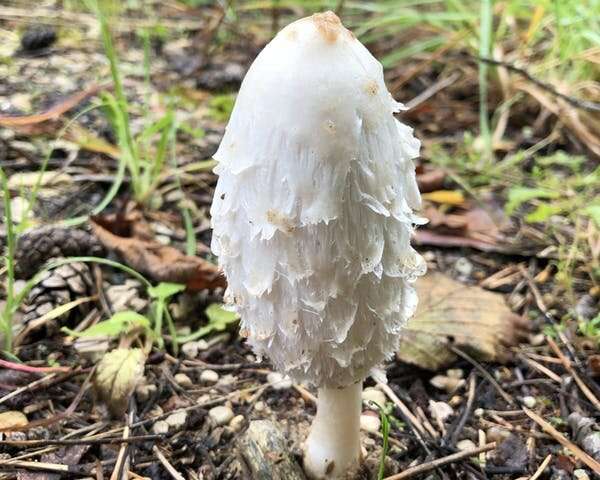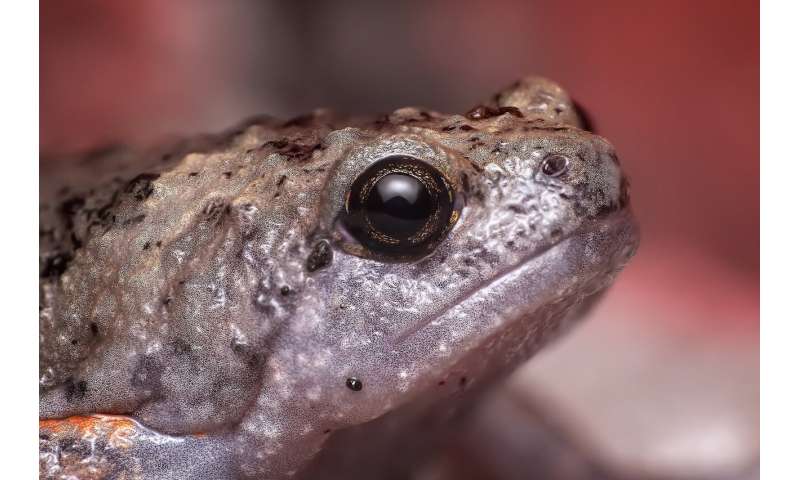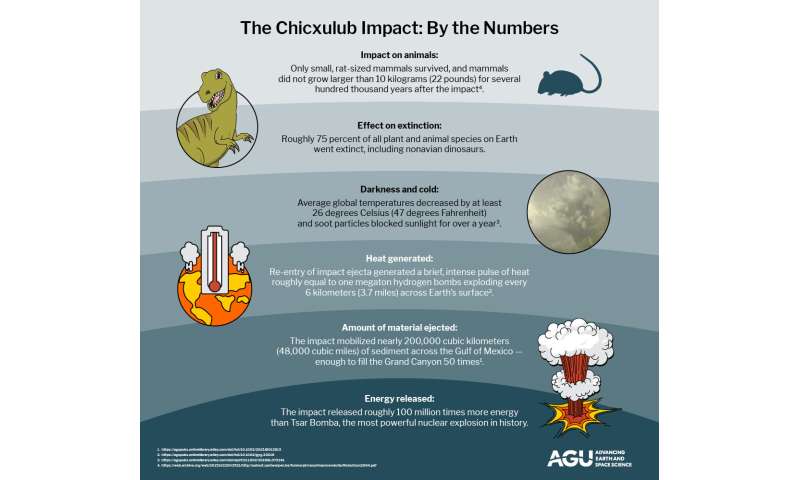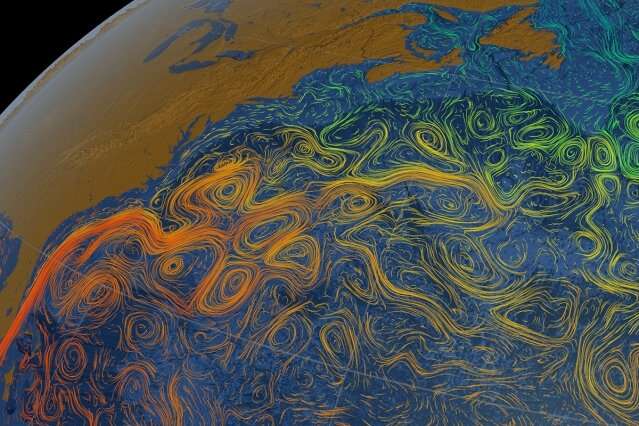Pushing manufacturers to make more resilient products will curb e-waste
European lawmakers are considering new regulations that would push manufacturers to design products that last longer. It's part of a global effort to curb "throwaway" culture where people buy products, use them for a short while and then throw them away.
Cliff Davidson, professor of engineering and environmental engineering program director at Syracuse University, commends the move. Instead of a culture centered around buying new things, Prof. Davidson advocates for a culture where rentals are more common. He says Americans may rebel against the practice, but serious change is needed to disrupt the status quo.
Davidson says:
"This problem with electronic waste is that it's just the tip of the iceberg of all of our wastes… the real problem is about much more than e-waste. One of the key problems is that in order to keep many companies in profit mode, they need to have a continual demand for their product. What that means is they don't want to build a cell phone that lasts forever because there won't be people buying as many new cell phones as there are now. A lot of what we use, even outside of electronics, is built to eventually have problems with the physical device or to become less useful due to obsolescence (such as computers). If you have a laptop for more than a few years, it will probably be out of date because newer versions have more capabilities… it makes consumers want new ones. Manufacturers want to have continuous demand.
"There is one proposal that has been floated by others that I tend to agree with. It centers around the idea is that we shouldn't be purchasing devices, but rather we should be renting them. That goes for everything from cell phones and computers to dishwashers and dryers and washers, air conditioners, etc. If we practiced renting instead of buying, there would be a tremendous incentive for manufacturers to build products that last. The manufacturer would be responsible for repairs and they would build their products so that those repairs were minimal.
"I suspect that in some cultures, people would be willing to go rent rather than buy. But I expect Americans would rebel against that. It's a change in thinking about how you consume items and how you shop.
"Rebellion or not, we can't keep the status quo. We have to make changes and I do think putting more pressure on manufacturers to make more sustainable products is a step in the right direction."

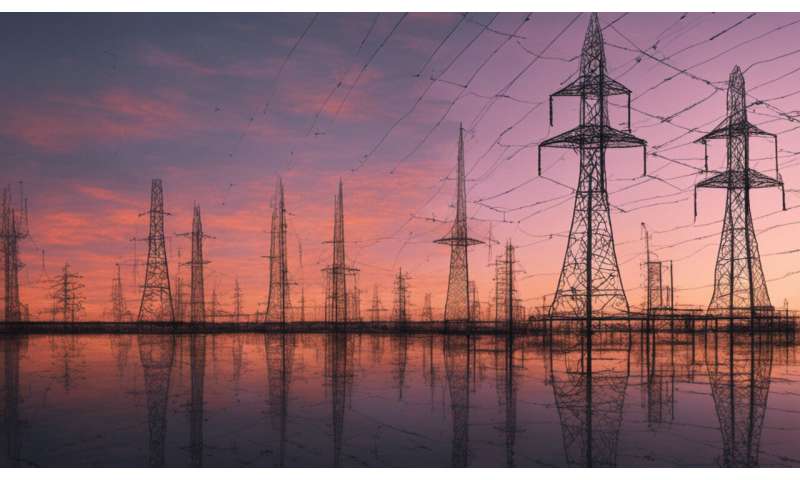
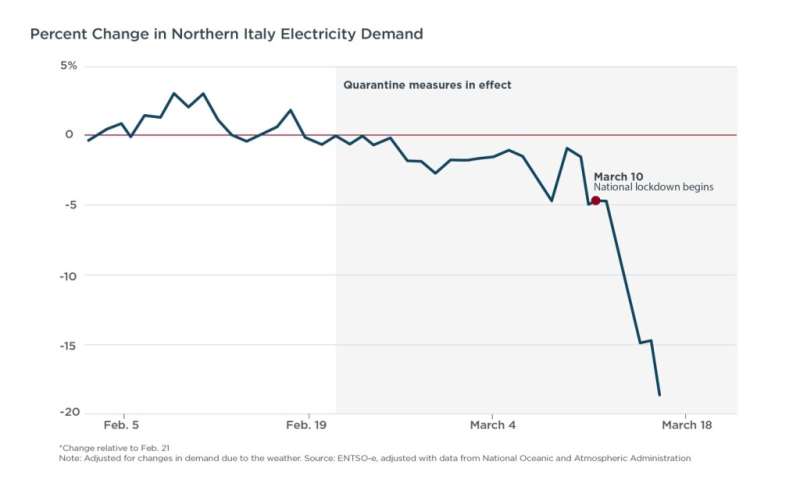
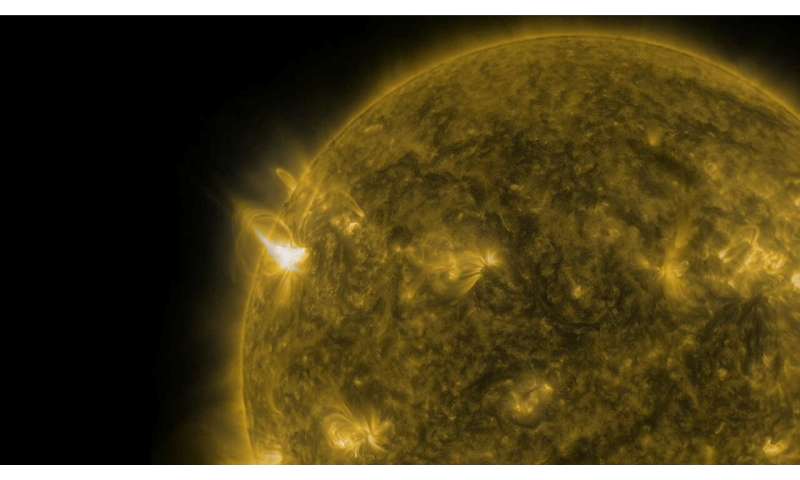
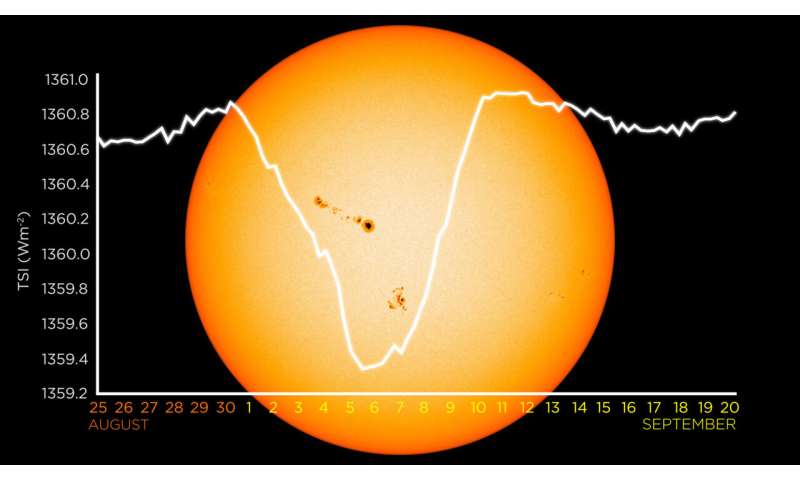

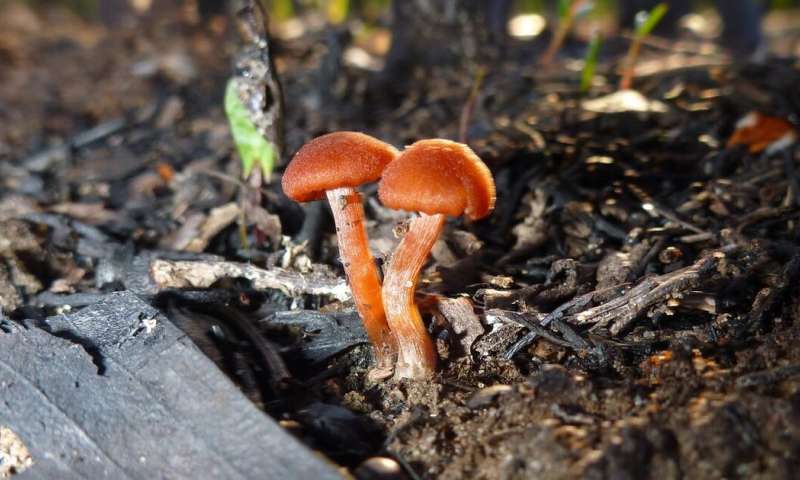
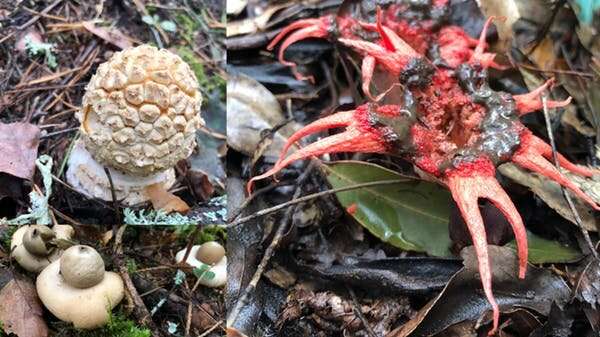
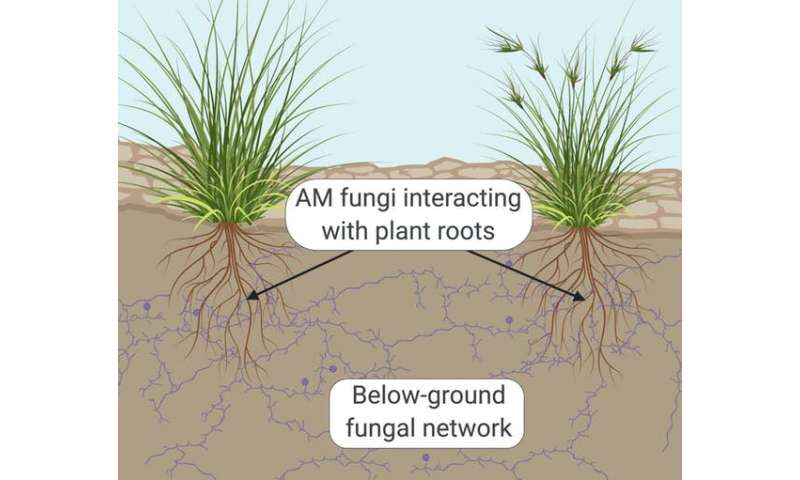
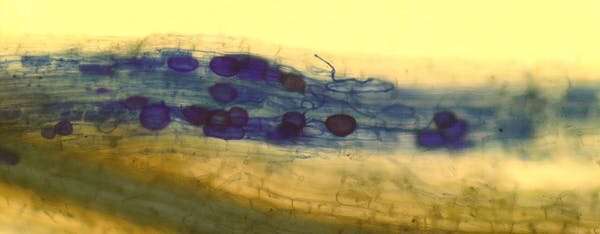
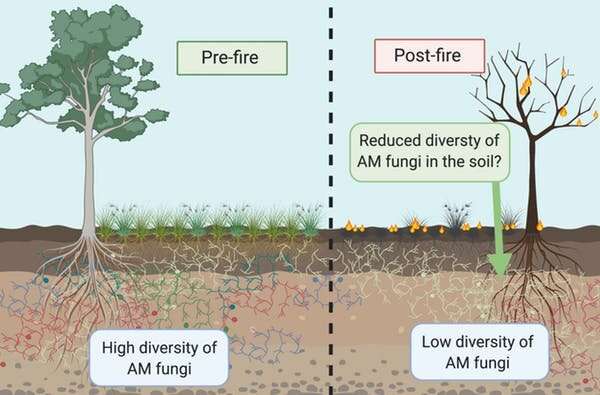 Fire tends to change what species of arbuscular mycorrhizal fungi are present in the soil as ecosystems recovery. Credit: Adam Frew via BioRender
Fire tends to change what species of arbuscular mycorrhizal fungi are present in the soil as ecosystems recovery. Credit: Adam Frew via BioRender